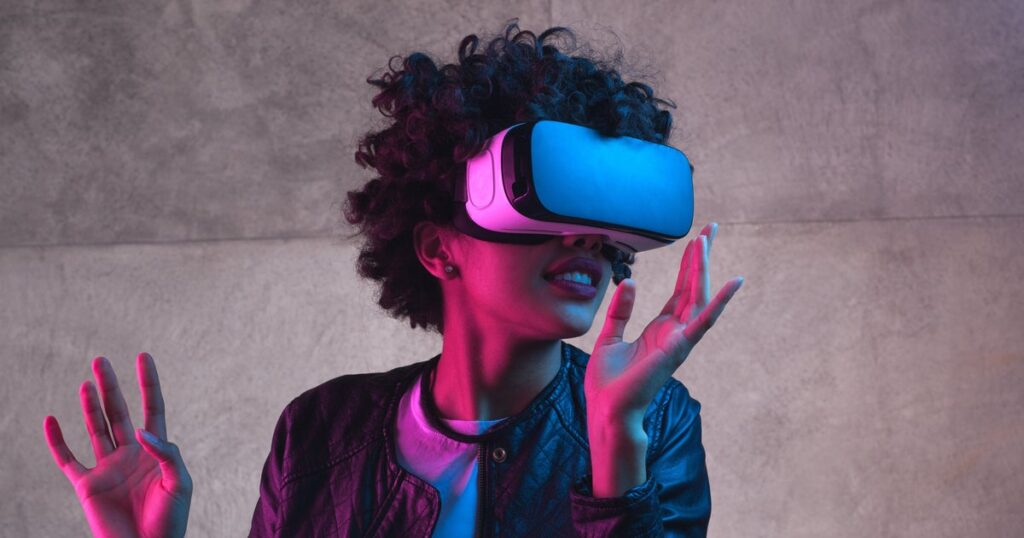
Consumer spending on virtual reality content reached $844 million in 2023.
The figure represents a 10% decline year-on-year, according to a new report from analytic firm Omdia.
Omdia attributed the dip to global inflationary pressures and the underperformance of headsets such as Meta Quest 3, PSVR2, and Pico 4.
“Meta’s limited AR content and the $500 price tag on Quest 3 discouraged upgrades and failed to attract new adopters. PSVR2 lacked compelling releases, leading to slower adoption than its predecessor, worsened by Sony’s shift in focus towards expanding PS5 peripherals,” said the report.
“Meanwhile, ByteDance’s scaled-back VR ambitions significantly affected Pico, resulting in canceled projects and a lack of competitive VR content, despite well-received Pico 4 hardware.”
Senior principal analyst at Omdia, George Jijiashvili, said that new hardware in 2024, such as the Nintendo Switch 2, mid-generation system refreshes, and the Steam Deck OLED, will possibly make headsets a lower priority for consumers.
In addition, tech firms focusing on AI and lack of investments in VR (except Meta) are poised to deepen the downturn of consumer spending on VR content.
Still, Omdia’s report noted that the active installed base for VR headsets sits at 23.6 million in 2023.
Meanwhile, VR headset sales hit 7.7 million units in 2023, a 24% decrease compared to those sold in 2022.
Looking ahead, Omida projects sales declines of 13% in 2024 and 2025 for unit sales. However, it also estimates that consumer spending on VR content will hit $2.3 billion by 2028.